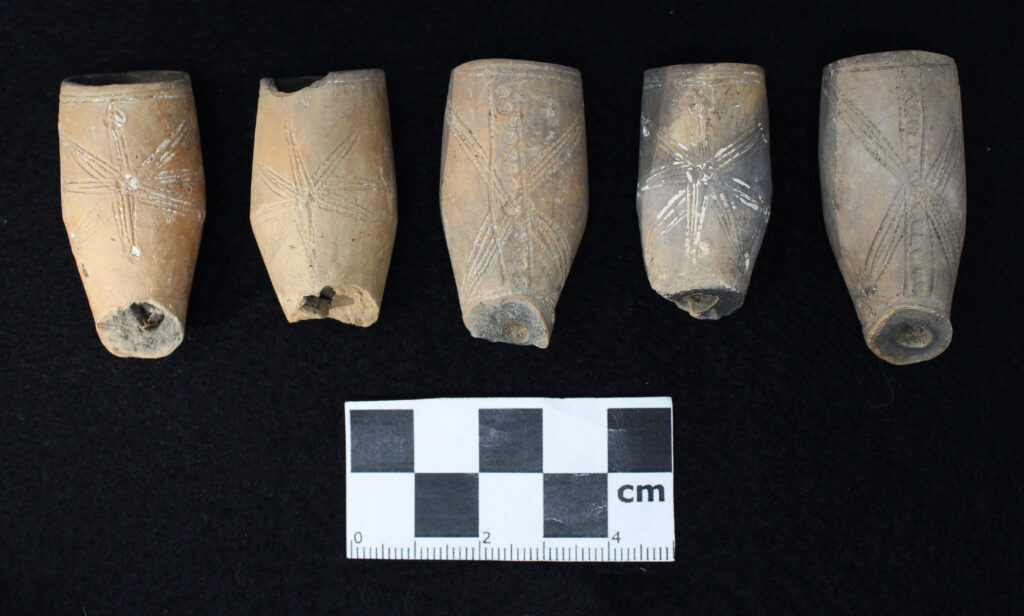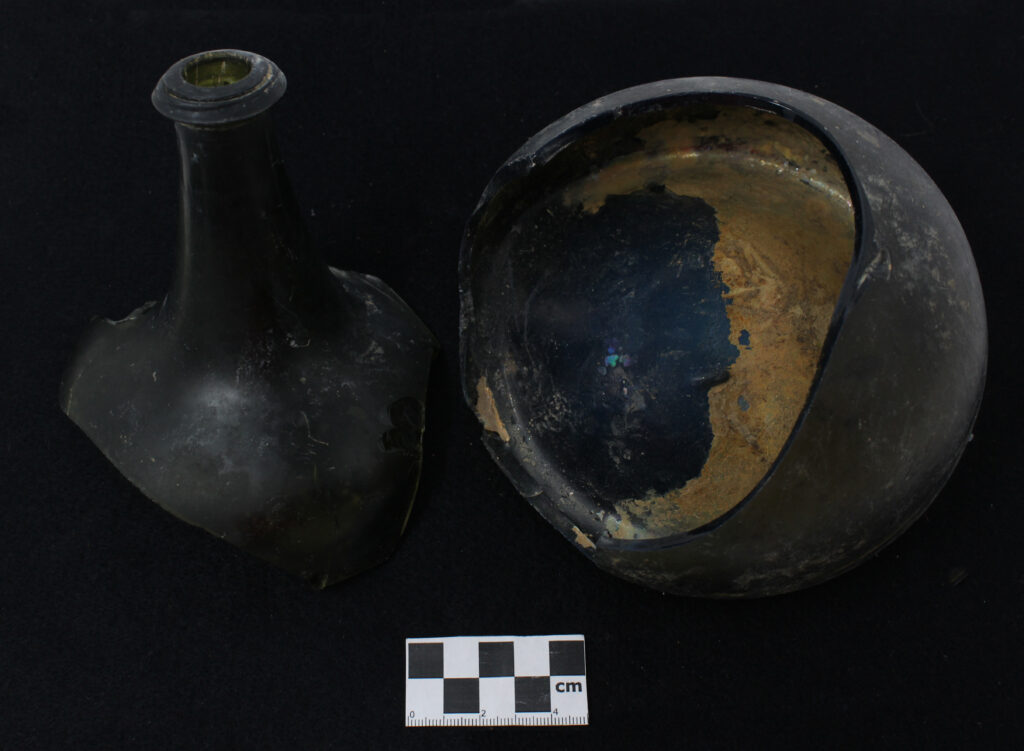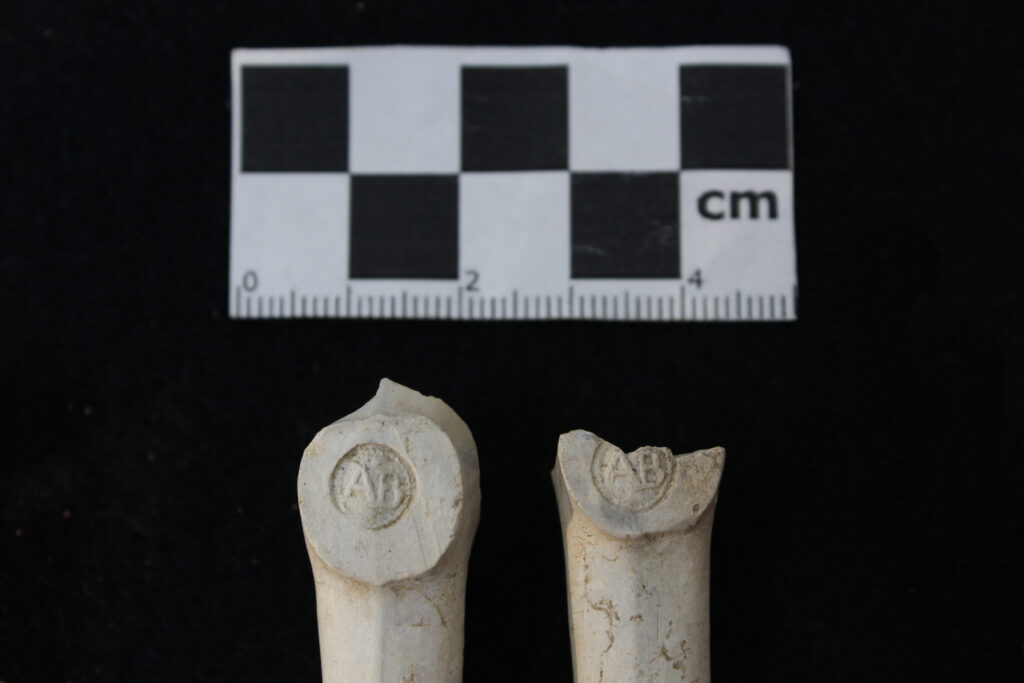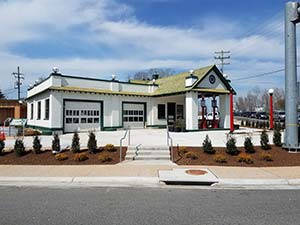We are proud to announce that The Fairfield Foundation was one of 11 research, education and historical institutions and specialists to receive funding from The Conservation Fund as part of their Chesapeake Cultural Studies Grant Program. The program dispersed over $260,000 to support the research and study of cultural artifacts of the Chesapeake region. The Conservation Fund is a national nonprofit dedicated to providing environmental solutions that make economic sense for communities. The grants will support the conservation, preservation and study of cultural artifacts from the Chesapeake region dating back to the 17th and 18th centuries. Ranging from $15,000 to $25,000, the grants will help further research and expand current knowledge of artifact collections from previously excavated archaeological sites at Jamestown, Martin’s Hundred, Carter’s Grove, Kingsmill and other locations in the Chesapeake region to better understand and interpret the colony’s first settlers and their response to the new environment and climate.

“American history is intrinsically connected to the land. In Virginia and especially in the Chesapeake region, our land can tell a variety of stories going back multiple centuries,” said Heather Richards, Virginia state director for The Conservation Fund. “While we at The Conservation Fund focus on protecting the places where history happens and conserving important natural resources, we depend on our peers in the archaeological field to research and interpret how human lives intersected with these places. We are honored to support their ongoing work with these grants.”
“One of the biggest impacts of these eleven grants will be the ability to explore some of the Commonwealth’s most important legacy archaeological collections with new questions and new technologies,” said Dr. Elizabeth Moore, State Archaeologist at the Virginia Department of Historic Resources. “These projects broaden our understanding of Virginia, and the broader Chesapeake region’s 17th- and 18th-century history, by addressing some of the under-studied groups, objects and sites represented in older archaeological collections. These studies, which will be shared with the public, help provide a more fulsome view of the complexity of our shared history.”

The Fairfield Foundation’s project will use the funding to properly curate and provide a conservation assessment of the materials associated with two early European settlement sites in Gloucester County and to make accessible the data associated with these excavations through a synthetic multi-site excavation report. Both sites are associated with one of the county’s earliest land patents, specifically George Minnifee’s 3000-acre land grant that would eventually form the core of Rosewell Plantation. The patent included 1000 acres on each of the first three “necks” of land extending upriver from Gloucester Point, properties that would later be known as Timberneck, Shelly, and Rosewell. The two mid-17th-century collections are from excavations over a decade ago on the first two necks, Timberneck and Shelly, and may represent the sites of tenant farmers or enslaved Africans. Minnifee never lived on the property, and both sites date to the period before the property was owned by the prominent Page family. The research project may help determine who lived at these settlements, and will offer a glimpse into the everyday lives of peoples who are seldom referenced in the history books.

The Fairfield Foundation’s research project began this month and will continue through 2021.


Well done!
Good news.Keep on digging!